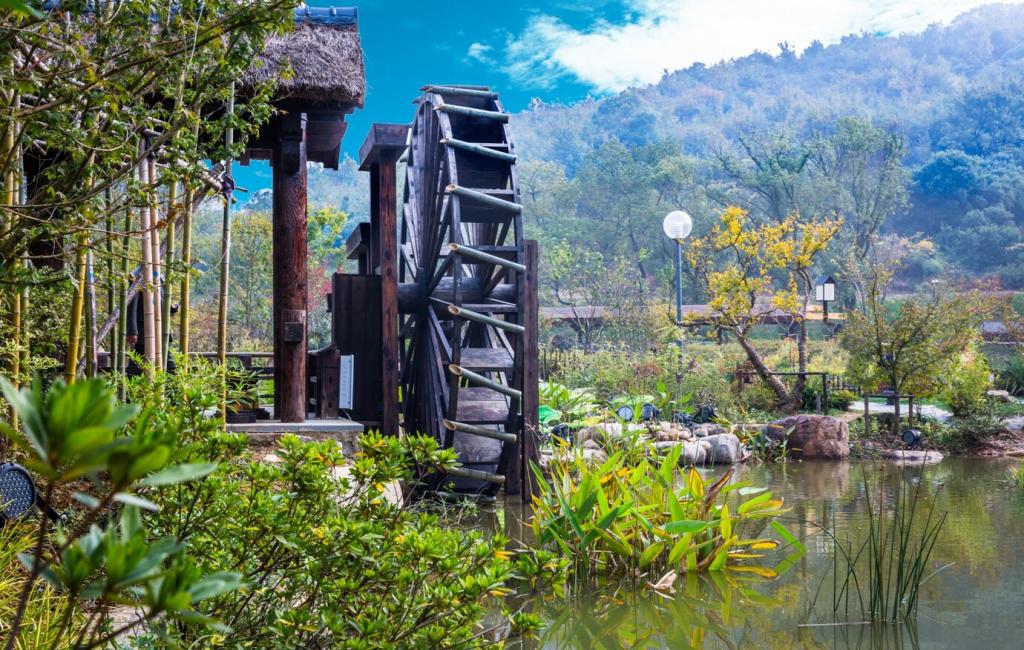The Role of Green Spaces in Modern City Planning
Green spaces have emerged as an essential element in contemporary urban design, offering a myriad of benefits that extend beyond simple aesthetics. As cities grow denser and populations rise, the careful integration of parks, gardens, and natural environments plays a pivotal role in shaping livable, sustainable urban landscapes. Thoughtful city planning that incorporates green spaces responds to environmental, economic, and social challenges by enhancing air quality, promoting biodiversity, and improving public well-being. The following sections explore the multifaceted role of green spaces in modern city planning, highlighting their importance and the transformative impact they have on urban environments and the communities within them.

Urban Heat Reduction
One of the most significant environmental functions of green spaces in city planning is their ability to reduce ambient temperatures. Trees and vegetation absorb sunlight, provide shade, and release moisture through transpiration, which collectively cools the surrounding air. This cooling effect can be particularly impactful in densely built environments where concrete and asphalt trap heat, leading to higher temperatures known as the urban heat island effect. By strategically positioning parks, green roofs, and tree-lined streets, city planners can help moderate city temperatures, reduce reliance on air conditioning, and lower energy consumption, contributing to more sustainable and resilient urban ecosystems.
Air and Water Quality Improvement
Green spaces play a vital role in improving air quality by absorbing pollutants and releasing oxygen through photosynthesis. Trees and shrubs filter airborne particles, such as dust, smoke, and toxins, which are prevalent in urban areas with high vehicle emissions and industrial activities. Additionally, green landscapes help manage stormwater by absorbing rainfall, reducing runoff, and filtering pollutants before they enter waterways. This natural filtration supports cleaner water systems, mitigates the risk of flooding, and preserves the health of urban aquatic habitats, demonstrating how green spaces are a cornerstone of effective urban environmental management.
Biodiversity Enhancement
The inclusion of diverse plant species and habitats within urban green spaces promotes the survival of various animal and insect species, enriching city biodiversity. Parks, community gardens, and natural reserves provide essential refuges for birds, pollinators, and other wildlife, helping to connect fragmented habitats within the city. These flourishing ecosystems not only support urban agriculture and local food webs but also serve as living laboratories for environmental education. By prioritizing biodiversity in city planning, urban green spaces help build resilient communities that are better equipped to adapt to environmental changes and threats.
Previous slide
Next slide
Social and Psychological Impacts
Access to green spaces has been consistently linked with reduced stress levels, improved mood, and greater overall psychological health. Nature provides a soothing environment that offers respite from the noise, congestion, and pressures of urban life. Activities such as walking, jogging, or simply spending quiet time in a park have been shown to decrease anxiety, depression, and mental fatigue. In urban planning, the intentional placement of green spaces within walking distance of residential areas is key to supporting mental wellness and ensuring that all citizens, regardless of socioeconomic status, can reap these psychological benefits.
Economic Value of Green Spaces
Proximity to well-maintained green spaces has a positive impact on residential and commercial property values. People are willing to pay a premium to live or operate businesses near attractive parks and open areas, as these locations offer scenic surroundings, recreation opportunities, and enhanced livability. This increased demand encourages investment in adjacent neighborhoods, leading to urban renewal, infrastructure improvements, and greater overall economic vitality. Therefore, integrating green spaces into city plans is a strategic move that benefits both local governments and urban dwellers.
Green spaces attract foot traffic, drawing residents and visitors into surrounding commercial zones. Cafés, restaurants, markets, and retail stores benefit from the steady flow of people who come to enjoy parks and public gardens. Moreover, iconic green landmarks become points of interest for tourists, generating revenue and raising a city’s profile. Urban planners and economic development agencies that invest in highly visible and accessible green spaces help nurture thriving local economies, stimulate entrepreneurship, and create jobs tied to recreation, maintenance, and hospitality sectors.
The natural functions performed by urban green spaces, known as ecosystem services, provide substantial financial savings for cities. Trees and vegetation naturally filter air and water, manage stormwater, reduce the need for expensive infrastructure like flood barriers, and lower energy costs by cooling buildings. These benefits diminish the burden on municipal budgets by reducing maintenance costs for roads, drainage systems, and public health services. Recognizing and quantifying these ecosystem services allows city officials to justify investments in green infrastructure as fiscal strategies that yield returns over time.

